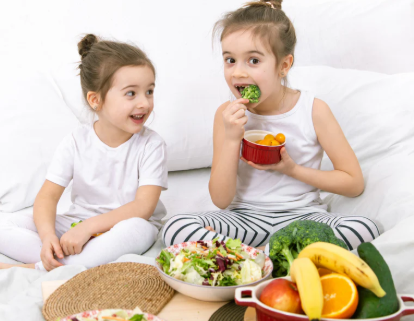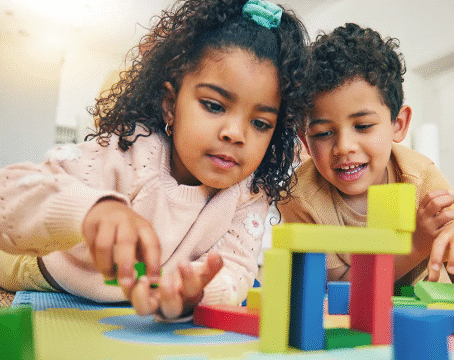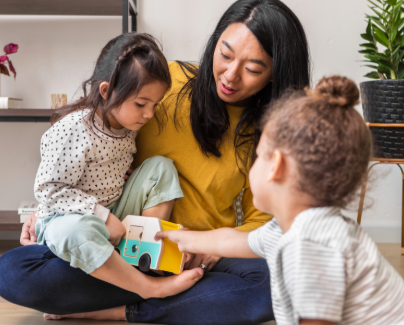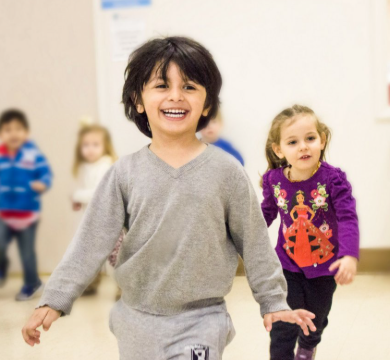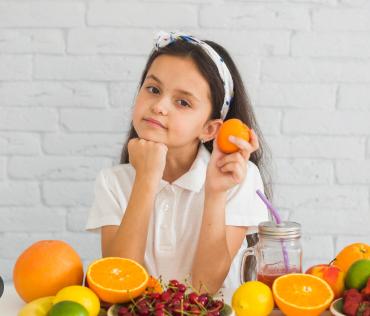The kitchen is often called the heart of the home, and for children, it can also become a wonderful classroom. Teaching kids healthy choices in the kitchen not only helps them understand food but also gives them confidence, creativity, and responsibility. When children are invited into the kitchen to explore, prepare, and taste, they begin to form habits that last well beyond childhood. Parents and caregivers can make this journey enjoyable by blending learning with fun, making healthy living something that feels natural instead of forced.
One of the most effective ways to begin is by involving children in the shopping process. Taking them to the grocery store or a local farmers’ market turns food into an adventure. When kids help pick out fresh fruits, colorful vegetables, or whole grains, they feel proud of their choices. Parents can encourage curiosity by asking questions like, “Which fruit looks the most interesting to you?” or “Would you like to choose a new vegetable for us to try this week?” This hands-on participation helps children feel connected to the food they eat.
Back in the kitchen, simple tasks can build both skill and interest. Younger children may enjoy washing vegetables, tearing lettuce, or mixing ingredients, while older kids can measure, chop with safe tools, or read recipes aloud. When children take part in cooking, they begin to see how meals come together and gain an appreciation for the effort that goes into making food. These shared experiences also create special memories, turning mealtime into a moment of togetherness rather than just a routine.
A great way to teach healthy choices is through discovery. Instead of telling children that one food is “good” and another is “bad,” parents can explain what different foods do for the body. For example, carrots help support eyesight, whole grains give lasting energy, and dairy provides calcium for strong bones. These simple explanations make the idea of nutrition both fun and understandable. When kids connect food to how it helps them grow, they are more likely to reach for healthier options on their own.
Encouraging creativity in the kitchen helps kids stay engaged. Allowing them to design their own smoothies, build colorful salads, or decorate whole-grain pizzas with vegetables makes healthy eating exciting. When children are given choices, such as picking toppings or arranging fruit on a plate, they feel empowered. Creativity turns healthy foods into something children look forward to, while also giving them a sense of pride in what they create.
Parents can also use cooking as a way to teach balance. Children may enjoy occasional treats, and that is perfectly fine when paired with a foundation of nutritious meals. Instead of labeling foods as forbidden, explaining moderation helps children understand that balance is the key. For example, a homemade cookie after a wholesome dinner or a small serving of dessert on a special occasion teaches that enjoyment of food can be part of a healthy lifestyle. This approach prevents guilt and builds a positive relationship with eating.
Another powerful tool is storytelling. Parents can share where foods come from, how they are grown, and why different cultures prepare meals in unique ways. Stories spark curiosity and appreciation. Talking about how apples grow on trees, how rice is harvested, or how families around the world enjoy vegetables makes food feel more meaningful. When children know the journey their food has taken, they often show more interest in trying it.
Making mealtime a family event reinforces the lessons learned in the kitchen. Sitting together at the table encourages conversation and connection, while also modeling healthy habits. Parents who fill their plates with a variety of foods send a strong message. Children learn by example, and when they see their parents enjoying vegetables, whole grains, and balanced meals, they are more likely to follow suit. Shared meals also provide an opportunity to celebrate the child’s contributions, whether it is setting the table, stirring a sauce, or preparing part of the dish.
It is also helpful to let kids explore new flavors and textures at their own pace. Sometimes children may be hesitant to try certain foods. Rather than forcing or pressuring them, gentle encouragement works best. Offering a small taste, presenting foods in fun shapes, or pairing something new with a familiar favorite can help. Over time, repeated exposure often turns unfamiliar foods into accepted ones. Patience plays an important role in helping kids develop diverse tastes.
Teaching kids kitchen safety is another important part of the process. Explaining why hands must be washed before cooking, how to handle tools carefully, and why hot surfaces require caution builds responsibility. These lessons give children the skills to navigate the kitchen confidently as they grow older. Safety education also shows that the kitchen is a place of respect, where learning and care go hand in hand.
Cooking together also strengthens important life skills beyond nutrition. Measuring ingredients introduces basic math, following recipes develops reading comprehension, and organizing steps builds problem-solving abilities. These lessons show children that the kitchen is not only about food but also about learning in a fun, practical way. Parents can highlight these moments by asking children to count ingredients, read a line from a recipe, or figure out the next step.
When kids are part of the cooking process, they are more likely to eat what they have made. This is especially helpful for picky eaters. A child who normally refuses vegetables may feel proud enough to try them after helping prepare the dish. The sense of ownership they feel transforms their attitude toward the food. Over time, these experiences build confidence in trying new things.
Celebrating the experience is just as important as the final meal. Acknowledging a child’s effort, creativity, and curiosity makes them feel valued. Even if the dish does not turn out perfectly, the process of learning and trying is what matters. When children associate the kitchen with positive feelings, they will want to return and continue exploring.
The long-term impact of teaching kids healthy choices in the kitchen is profound. Children who grow up understanding how to prepare meals, appreciating nutritious ingredients, and feeling confident in their choices are more likely to carry these habits into adulthood. They learn that food is not only fuel but also culture, connection, and creativity. This foundation supports lifelong health and well-being.
In the end, teaching kids about healthy choices in the kitchen is less about strict rules and more about guidance, encouragement, and fun. By inviting children to participate, explaining the benefits of different foods, and creating an environment of discovery, parents can turn cooking into an exciting part of life. The kitchen becomes a place where skills are built, confidence grows, and family bonds are strengthened. With patience and creativity, children can learn that making healthy choices is not just something to do, but something to enjoy.

